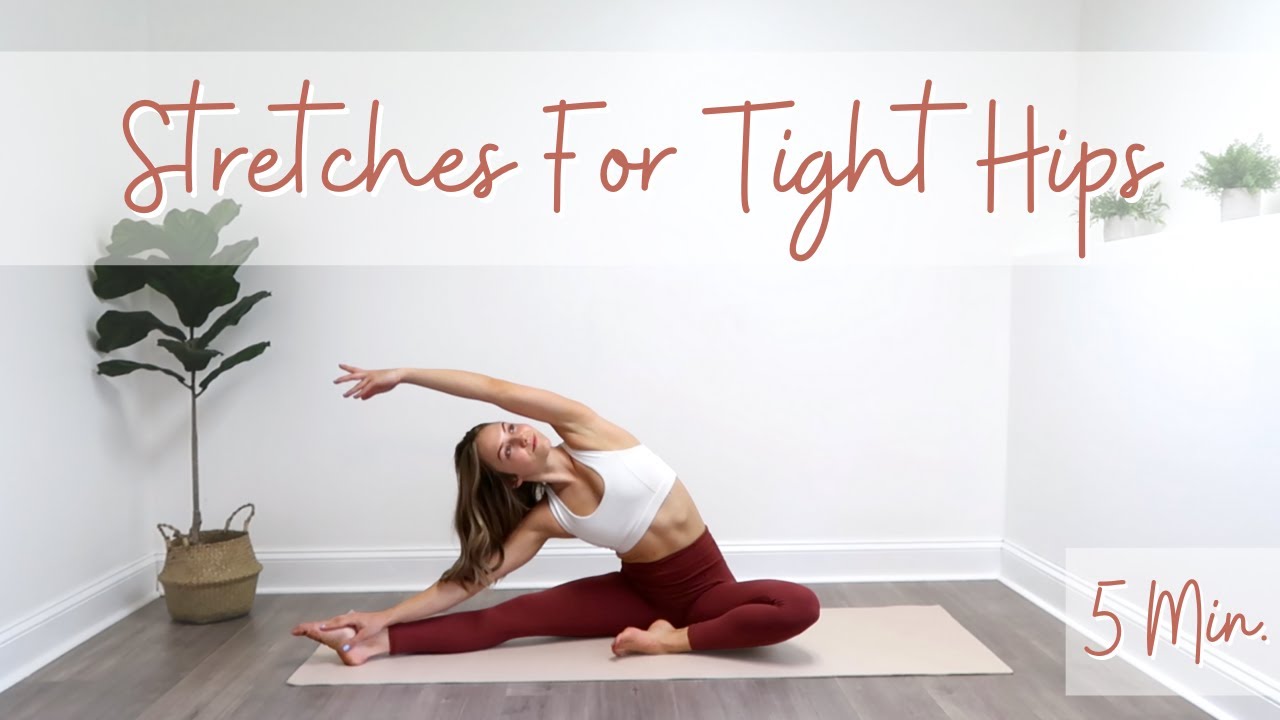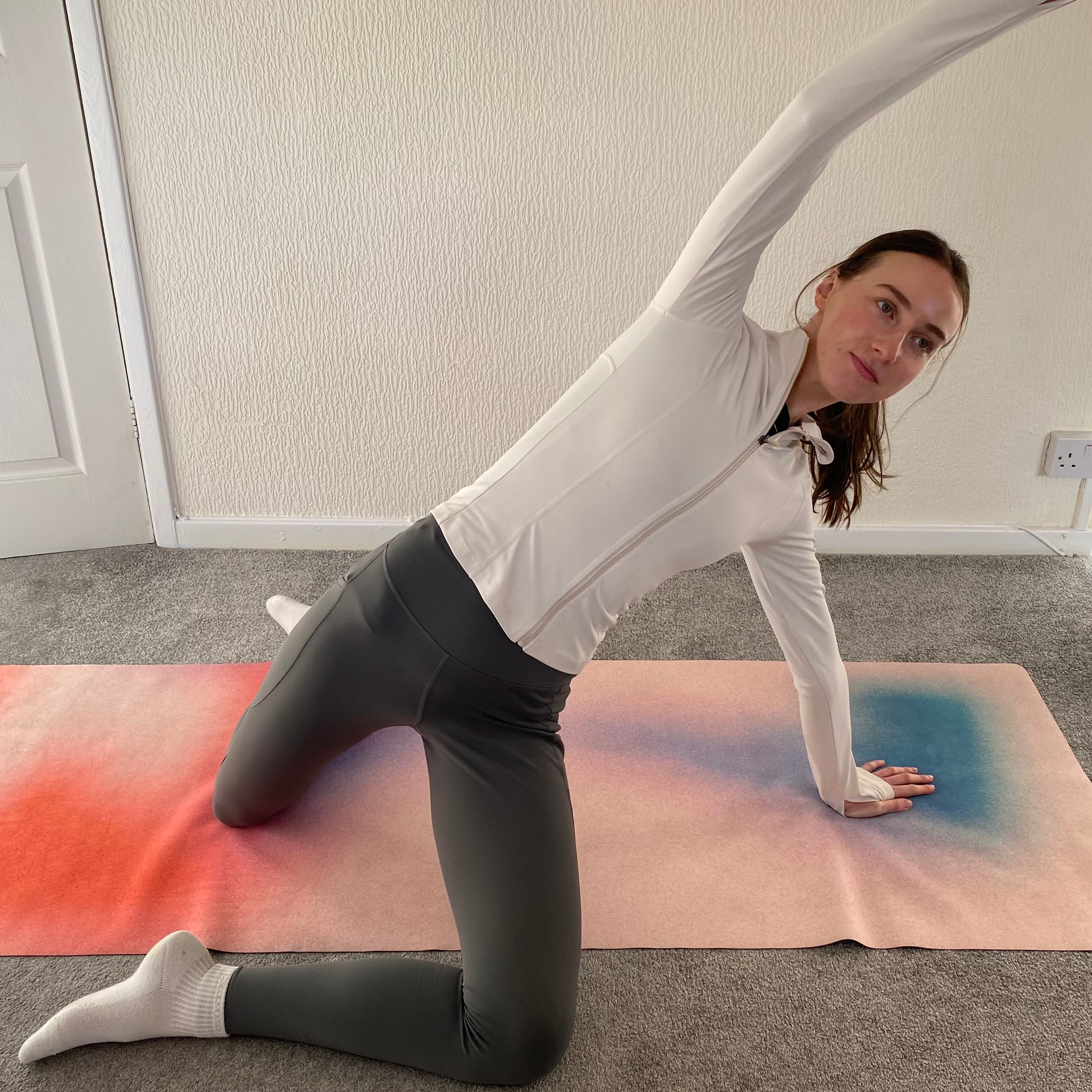The older I get, the more I need to practice mobility to reduce the daily aches and pains I’m (sadly) starting to feel.
Hip stiffness is my biggest problem. My right hip in particular gets achy when I’ve been sitting for too long, which is why I wanted to try a five-minute hip mobility routine every day for a month to see if it could help.
After a quick YouTube search, I found a routine by NASM-qualified fitness instructor Alyssa Schwartz, which looked ideal for stretching out my stiff hips and fitting in on a daily basis.
You may like
Instead of practising the routine at the same time each day, I decided to slot it in as and when I needed it; on a break when working from home, as a warm-up before a run, and a wind-down before bed.
After committing to this routine for a month, I noticed three tangible results.
5 Minute STRETCHING ROUTINE For Tight Hips – Stretch With Me! – YouTube

Watch On
The changes1. My stride feels longer and more relaxed
It took around three weeks of daily hip stretching for me to notice a difference in my walking and running stride, but I was really pleased once I did.
I hadn’t actually realized that my stiff hips were limiting my stride length, but after this experiment my steps now feel smoother, like my hips aren’t blocking any motion.
It’s subtle, but I can tell I’m covering more ground with less effort.
2. My pangs of stiffness are less frequent

(Image credit: Future)
As I mentioned earlier, my right hip will start to twinge when I’ve been sitting for a long time.
It’s the sort of discomfort that borders on painful, so I’m glad to report that just five minutes of daily stretching has massively reduced this.
I also find that I don’t need as long to limber up before going on a walk or run, as everything in my lower body feels ready to move much sooner.
This one surprised me.
The routine I followed focuses on loosening the hips, but after a month, I can feel a big difference in my single-leg balance and control.
When I perform any unilateral exercises now, I feel less wobbly and more stable. My hips don’t drop to one side during moves like lunges and I feel like my pelvis is more stable when running.
A good piece of advice Schwartz shares in the video is to notice whether we sit cross-legged, or stand with our weight shifted to one side more than the other.
I’ve definitely become more aware of when I’m doing this, which could be making as much of a difference to how my hip feels as the routine itself.
